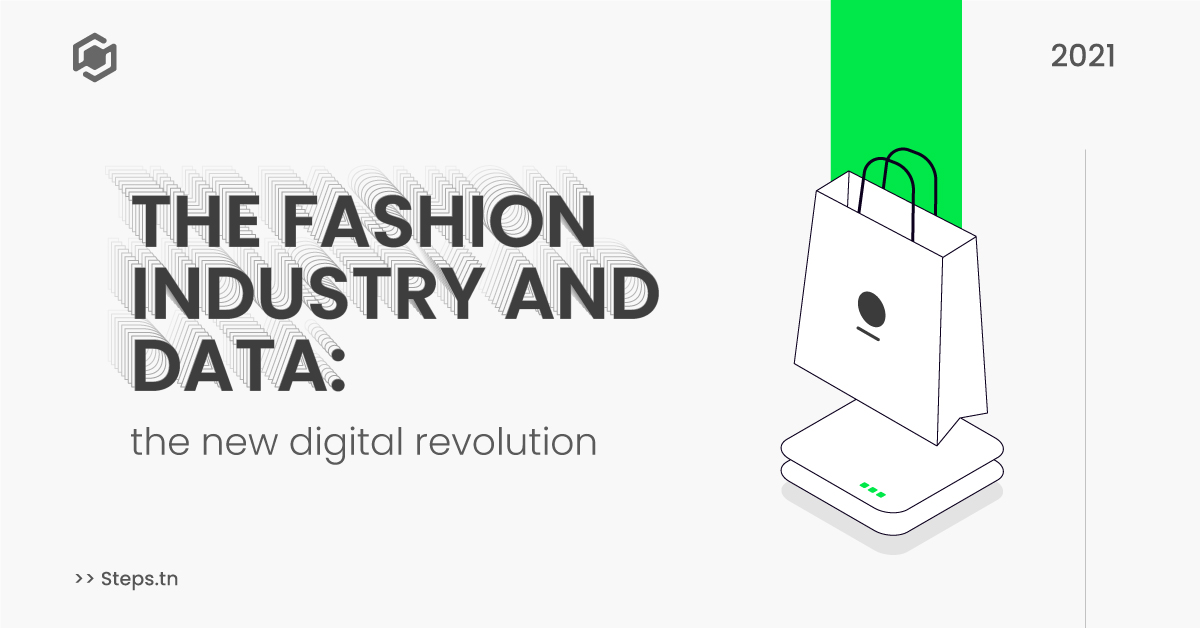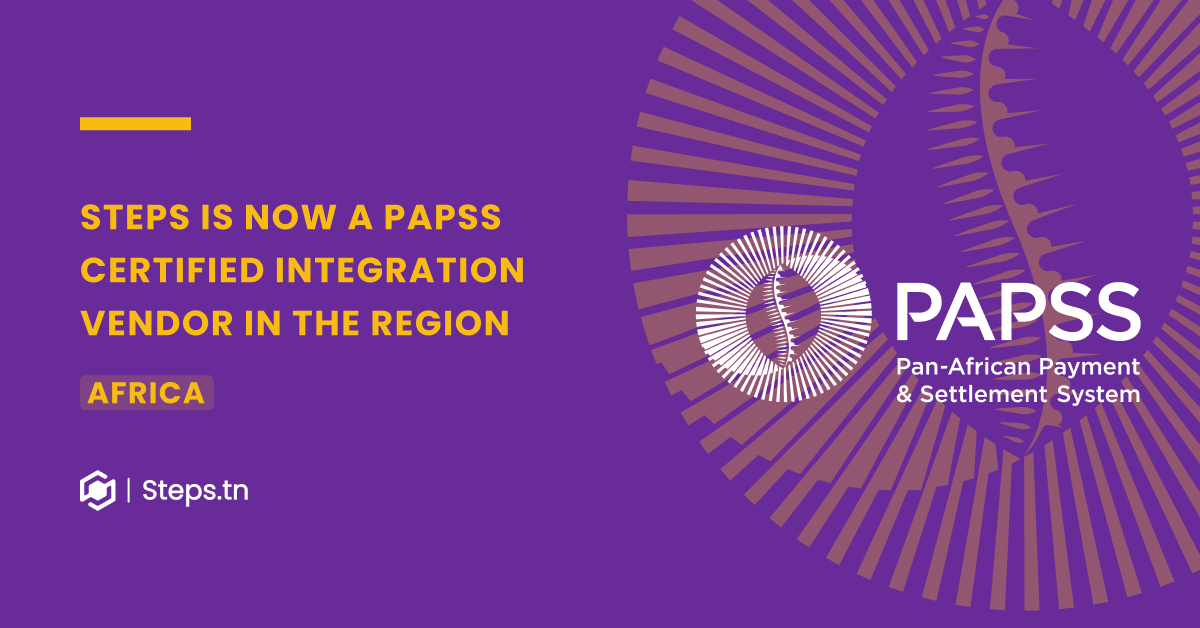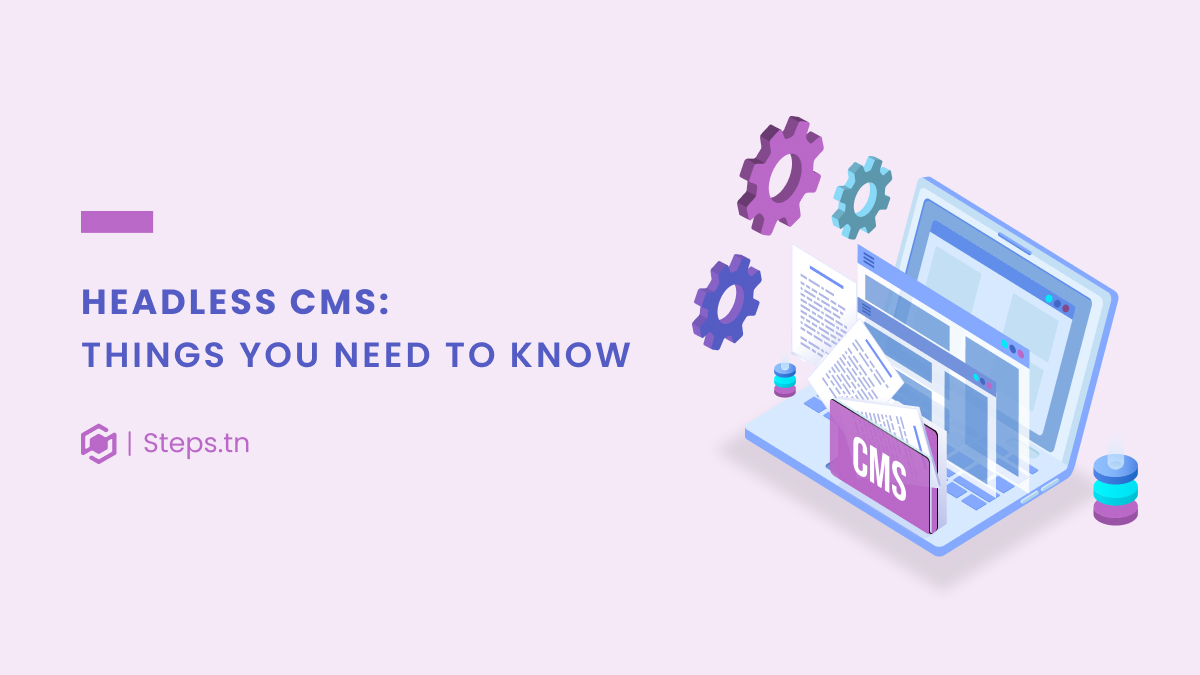Over the last decade, the application of big data is at the heart of every industry. And it’s changing how businesses operate; including the fashion industry. In fact, technology is taking the fashion industry to the next level. And with the COVID-19 pandemic, it’s even growing faster. Actually, brick and mortar stores are switching to online. Fashion retailers are now using data science to capture insights and make data-driven decisions.
From predictive analytics and AI algorithms to foresee trends; to data mining techniques to personalize products; data reshaped the notion of fashion.
Here’s how data science has become the hottest trend in the fashion industry
Precise personalization for target customers
The future of the fashion industry relies on personalization. That is the era of mass production is over. Fashion consumers are only interested in items relevant to their preferences. Given that reason, the use of data analytics becomes crucial to provide personalization. Starting from the design stage, big brands are already taking advantage of big data. For example, Zara and Ralph Lauren are leveraging behavioral data for customer segmentation. Behavioral data allow retailers to predict their customer’s future movement patterns. For instance, analyzing purchasing time can tell when customers are likely to buy. Social media sentiment analysis using machine learning applications can measure customer engagement. Hence, a refined customer understanding through thoughtful market segmentation will help in personalization.
Data will Help in Trend forecasting
To succeed in the retail industry, brands need to predict trends and Keep in line with the ever-changing customer tastes to increase sales. Years ago, retailers relied on information gathered during fashion weeks to foresee trends. The game has changed. With the presence of social media, trendsetters are no longer designers and retailers. Instagram influencers, Tiktok and Pinterest users are now the new trendsetters. With the COVID-19 pandemic, the consumer is now spending more time online. And that with an average of 53 minutes per day. They are sharing what they like and dislike; what they bought. Thus, more data is available, so retailers can leverage these data to gather insights. So, using advanced analytics, they can make changes and improvements.
Data will optimize the inventory
With fashion trends changing every season, it’s a challenge for brands to make sure that demanded products are in stock. Using predictive analytics, retailers estimate the “shelf-time” and identify the most requested products. Fashion brands can estimate the demand for the products. As a result, they will reduce the production of product lines that are not in demand. Making it easier to calculate the proper production amounts. Hence, maintaining optimum inventory levels.
That’s how predictive analytics can save you time, money, and improve your bottom line.
The Right fit for customers… the fewer returns for retailers
E-commerce has been growing since it entered the retail landscape. And with the COVID-19 pandemic, it even rising further. Brick and mortar stores are now limiting their operations or even closing down. This shift created some challenges for both retailers and consumers. One major issue faced by consumers when shopping online is finding the right fit. That’s where the role of data and predictive analytics comes. Predictive analytics analyzes body measurements, then predicts which items will fit the consumer.
Through data mining also, brands can understand customer preferences through insights gathered. And as return creating clothes that match the Consumer’s Expectations. As a result, retailers will have fewer returns. And customers are happier and more likely to buy more items in the future.
The future of the fashion industry is data-driven
Big Data played an essential role in converting this creative industry. Brands that integrate data-driven decision-making are gaining a competitive advantage.
In short, the field of data science, machine learning and AI is emerging. And it’s not showing any sign of slowing down. It is an open field of innovation, making it an exciting time for retailers to take a step into the world of data science.
Thus, if you are hoping to leverage the power of data analytics to improve your apparel retail business, you will need to work with skilled Analysts. At steps, we specialize in data analytics and web development.
Recently, we helped a major player in the fashion industry to select the most profitable segment. And that by analyzing the transactional data using the RFM model.
So, If you would like to discuss your project, we invite you to contact us today.





